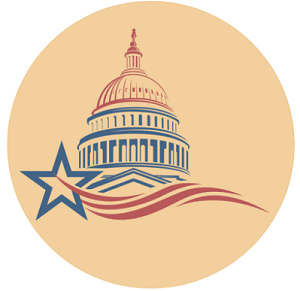
U.S. economy shrank in Q1, raising concerns about stagflation, possible recession
April 28, 2022The U.S. Gross Domestic Product, a key measure of the size of the economy, declined in the first three months of 2022, latest federal economic data show, surprising experts and raising concerns about stagflation and a possible recession.
The Bureau of Economic Analysis reported Thursday that the economy shrank by 1.4%, despite predictions that it would grow by 1%. In 2021, the economy grew nearly 6%, a bounce-back year after the economic pains of COVID-19 shutdowns.
“The decrease in real GDP reflected decreases in private inventory investment, exports, federal government spending, and state and local government spending, while imports, which are a subtraction in the calculation of GDP, increased,” the BEA said. “Personal consumption expenditures (PCE), nonresidential fixed investment, and residential fixed investment increased.”
Critics were quick to blast President Joe Biden, who has taken fire for hiking federal spending, which has helped fuel soaring inflation.
“Hello, stagflation,” said Monica Crowley, former U.S. Assistant Secretary of the Treasury for Public Affairs. “Biden and the Dems are driving the economy off a cliff.”
Erik Randolph, the Georgia Center for Opportunity’s director of research, raised concerns about a possible recession.
“The tab is coming due for all the reckless stimulus spending during the COVID-19 pandemic,” Randolph said in statement. “The declining GDP in the first quarter is the strongest indicator yet that our nation is headed into a recession. Even worse, our trajectory is straight toward stagflation, an environment marked by rampant inflation combined with high unemployment. This will hurt poor and middle-class Americans the most.”
Others urged Americans not to panic, saying the report was not as bad as it seemed.
“Don’t freak out about the GDP report, the underlying inertial components were strong,” said Jason Furman, an economics professor at Harvard. “The headline was -1.4% growth at an annual rate. bit, inventories subtracted 0.8pp and net exports subtracted 3.2pp. Consumption, fixed investment, and key domestic demand components strong.”
This article was originally posted on U.S. economy shrank in Q1, raising concerns about stagflation, possible recession


